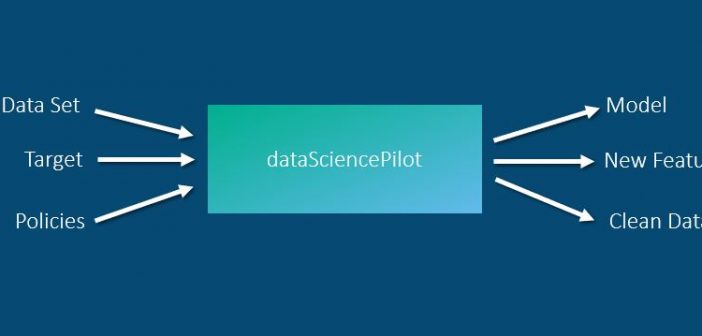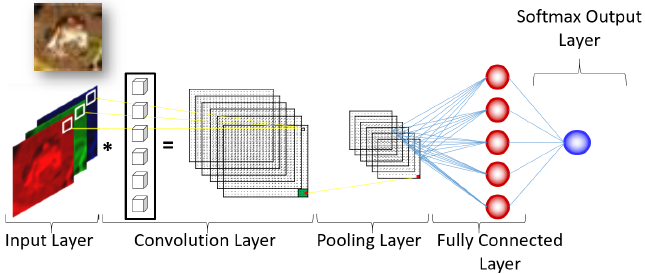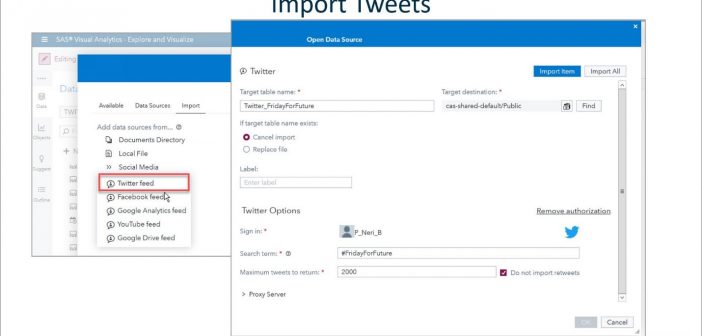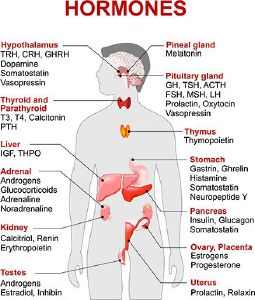The SAS Data Science Blog
Advanced analytics from SAS data scientists
SAS Viya is a cloud-enabled, in-memory analytics engine which allows for rapid analytics insights. Viya utilizes the SAS Cloud Analytics Services (CAS) to perform various actions and tasks. Best of all, CAS is accessible from various interfaces including R. In this blog, I will go through a few blocks one of my notebooks, which moves through an analytics workflow using R and SAS.

The dsAutoMl action is all that and a bag of chips! In this blog, we took over all aspects of the data science workflow using just one action.

Jordan Bakerman's session at ODSC Europe inspired this post, which provides an overview of deep learning and how factorization machines work.

Analyzing tweets is challenging because of their succinctness (max 280 characters). However, that task is facilitated by the powerful features of SAS Visual Text Analytics (VTA), which includes embedded machine learning algorithms.

Are you looking for a Data Science easy button? The dataSciencePilot action set comes pretty close.

With NHANES data from the CDC, we can use SAS to research the impact of endocrine-disrupting chemicals. Special sampling techniques are needed when using these data.



